Smart Greenhouse System: Automation, Sensors, and Climate Control Explained
With the increasing demand for sustainable agriculture, smart greenhouse systems are transforming crop cultivation. Through the inclusion of automation, sensors, and sophisticated climate control, such systems maximize plant growth, minimize wastage of resources, and improve efficiency. In this blog, we’ll explore how smart greenhouse technology operates, what its major components are, and why it’s a game-changer for contemporary farming.

What is a Smart Greenhouse System?

A smart greenhouse is a cutting-edge farming installation that utilizes technology to control and regulate environmental factors automatically. Smart greenhouses differ from conventional greenhouses, which are heavily dependent on human intervention, in that they utilize sensors, automation devices, and climate control mechanisms to provide the optimal growing environment for crops. This leads to greater yields, efficient use of resources, and continuous production, irrespective of external weather conditions.
The Use of Automation in Smart Greenhouses
Automation is the support system of a smart greenhouse setup. It eliminates the need for round-the-clock human intervention using smart devices that execute tasks such as watering, ventilating, and regulating light. This is how automation supports greenhouse efficiency:
- Irrigation Management: Automatic watering systems supply the exact amounts of water that plants require, minimizing waste and providing optimal watering.
- Lighting Control: Smart LED lights regulate intensity and duration to simulate natural sunlight, encouraging photosynthesis during low-light periods.
- Nutrient Delivery: Computerized fertigation systems deliver the optimal balance of nutrients at the optimal time, maximizing growth and health.
Growers may monitor and control these processes remotely through smartphones or computers with automation, without any labor costs or time.
Sensors: The Eyes and Ears of a Smart Greenhouse
Sensors are vital in measuring real-time information in a smart greenhouse. They keep track of environmental conditions and forward data to the system to be analyzed and acted upon. Typical sensors are:
- Temperature Sensors: Monitor air and soil temperature to ensure optimal growth conditions for the plants.
- Humidity Sensors: Read atmospheric moisture levels to avoid mold growth or dehydration.
- Light Sensors: Monitor light intensity to implement artificial lighting or shading as required.
- Soil Moisture Sensors: Maintain the soil within the optimal level of moisture for particular crops.
- CO2 Sensors: Maintain optimal levels of carbon dioxide to support photosynthesis and plant growth.
This data-based system enables the system to adjust immediately, so plants are nurtured in a stable, controlled environment.

Temperature Sensors

Light Sensors

Soil Moisture Sensors

CO2 Sensors
Climate Control: Building the Ideal Growing Conditions
Climate control integrates sensors and automation to balance the ecosystem within the greenhouse. It controls temperature, humidity, and airflow to meet the requirements of various crops. Major aspects of climate control in intelligent greenhouses are:
- Heating and Cooling Systems: Automatically turn on heaters or air conditioners to maintain uniform temperatures.
- Ventilation: Intelligent vents or fans regulate airflow to control humidity and avoid overheating.
- Shading Systems: Motorized shades close to keep out excess sunlight or open to allow more natural light.
- Humidifiers/Dehumidifiers: Regulate ideal humidity levels for plant health.
By adjusting these components, smart greenhouses can simulate any climate, allowing tropical plants to be grown in cold climates or growing seasons to be extended.

Benefits of Smart Greenhouse Systems
The integration of automation, sensors, and climate control provides many benefits:
- Improved Efficiency: Automation cuts down on labor and minimizes resource waste, reducing costs.
- Increased Yields: Being able to perfectly control the growing conditions creates healthier plants with larger yields.
- Sustainability: Intelligent systems reduce water, energy, and fertilizers’ waste, enabling environmentally friendly farming.
- Remote Monitoring: Farmers can operate from anywhere in the world, enhancing flexibility and scalability.
Why Smart Greenhouses Are the Future of Agriculture
As the world population increases and global warming undermines conventional agriculture, smart greenhouses are a proven means of meeting the challenge. They enable farmers to grow more food with less input, respond to fluctuating climate conditions, and increase productivity and profitability regardless of scale — small-scale farmer or large-scale commercial grower.

Conclusion
Smart greenhouse systems, powered by automation, sensors, and climate control, are transforming agriculture into a high-tech, sustainable industry. By harnessing real-time data and intelligent tools, these systems ensure plants grow in the best possible conditions. If you’re looking to enhance your farming operation, a smart greenhouse could be the key to unlocking greater efficiency and success.

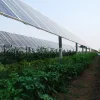
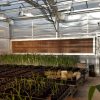
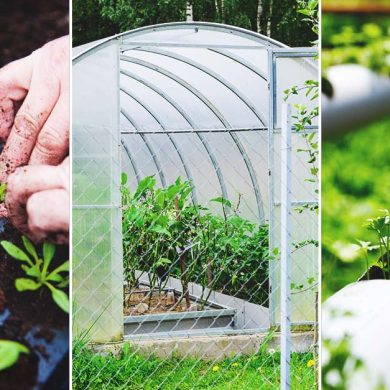
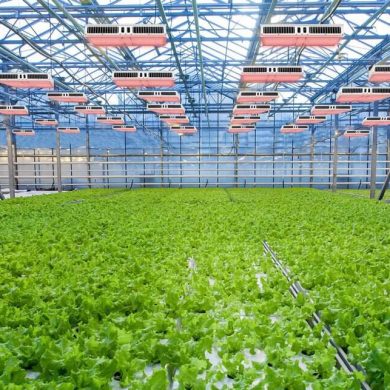
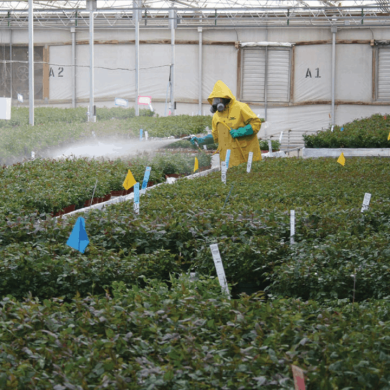
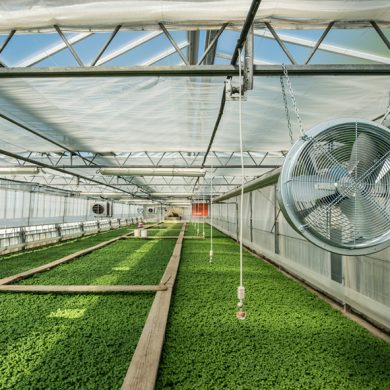
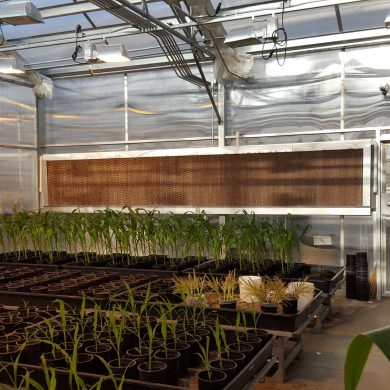



Add comment